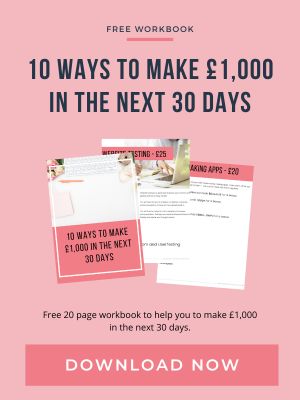Black asus laptop computer on white surface photo – Free Black Image on Unsplash
The way you choose to pay for things—whether by cash, card, or through a mobile app—can have a surprisingly big impact on how much you spend and how firmly you feel in control of your budget. Each payment method brings its own set of behaviours and consequences. Understanding how these work can help you make decisions that align better with your financial goals and help reduce impulsive spending. Here’s a look at how different payment methods influence spending habits and what you can do to use them wisely.
Cards: Convenience with Less Visibility
Credit cards, debit cards, and chip-and-PIN payments bring unmatched convenience in today’s fast-paced world. Because they are widely accepted, you can rely on them for almost any purchase. For example, you can use your card to buy groceries quickly and easily. Booking travel tickets is also simple with just a few taps. Many people use cards to pay their rent securely and on time. Even playing online casino games is straightforward when using a plastic card. While many online casinos accept debit cards, some even accept credit cards, which make the process hassle-free and easy. Credit card casinos are often a popular option amongst at-home bettors, as paying with credit online allows gamers to quickly and easily register, fund their account, and get started playing their favourite games. This broad acceptance makes cards a versatile and reliable way to handle a variety of everyday expenses.
While the convenience of plastic cards is undeniable, it’s worth noting that because cards shield the physical sensation of spending money, it can sometimes be easier to spend. The mental barrier between deciding to buy something and completing the transaction is much smaller. However, this doesn’t mean plastic cards are a negative tool. On the contrary, when used mindfully, they offer a secure and efficient way to manage your finances and streamline payments across many aspects of daily life.
Cash: Tangible and Mindful
Paying with cash tends to feel more real. When you hand over banknotes or coins, you literally see the money leaving your wallet, which can sharpen your awareness of how much you are spending. For many people, using cash leads to more careful decisions, especially for everyday expenses like small groceries, coffee or transport fares. Sometimes people even use cash as a budgeting tool, because they can easily track how much they’re spending.
Cash limits your spending to what you physically have. If you’re carrying a fixed amount, it becomes harder to exceed that without going back to get more. This constraint can be both freeing and grounding. It forces you to prioritise what matters most and may prevent what economists call dark spending—buying things without really thinking.
Mobile Apps and Digital Wallets: Instant and At Your Fingertips
Digital payment through apps or mobile wallets such as Apple Pay, Google Pay, or payment links via banking apps offer immediate and seamless transactions. These methods are especially popular for online shopping and quick purchases like food delivery or ride-sharing. In fact, over half of adults in the UK use mobile wallets to make purchases, showing what a popular payment method this is.
Seeing the convenience can make spending feel less significant. Because you can complete purchases so quickly from a device, there’s less time to reflect before clicking “buy.” On the positive side, many apps offer notifications, spending summaries, or categorisation tools that can help with tracking where your money goes. When used with mindfulness, app-based payments can provide good oversight without losing ease.
How Different Methods Affect Budgeting and Financial Behaviour
The choice of payment method interacts closely with budgeting. When budgeting, knowing how and where you spend money is crucial. Cash encourages you to plan ahead and stick to what you physically carry. Cards offer detailed records and statements, making it easier to review purchases after the fact. Apps often provide real-time notifications or alerts, which can flag overspending before it becomes a problem.
Another factor is emotional feedback. Paying with cash can feel more painful, which sometimes discourages frivolous spending. Card or app payments tend to dilute that feeling, making purchases feel more abstract. This abstraction can lead to overspending, especially in settings such as online marketplaces, subscription services, or impulse buys.
Finding Balance: Matching Method to Situation
What many people discover is that a mix of methods works best. Choosing a method based on the kind of purchase helps. If you’re doing essential chores like groceries or paying bills, using cash or a debit card may help maintain discipline. For convenience or security, cards or mobile payments might make more sense. For non-essential items, setting stricter self-control with app alerts or waiting before buying can reduce impulse purchases.
Another useful strategy is deciding in advance which payment method to use for a week or a month. For example, allocate a small cash envelope for discretionary spending, reserve card use for more substantial or planned purchases, and use apps mainly when needed. This can help you benefit from convenience without losing awareness.
Conclusion: Choosing with Intention
Card, cash, or app—none of these are inherently bad. What matters most is how you use them. Each method influences your spending behaviour in different ways. Cash brings tangibility and limitation, cards offer convenience and traceability, while apps offer speed and accessibility. Knowing your own tendencies can help you choose the right method for the right purchase, making your money stretch further and helping you stay in better control of your finances. With intention and awareness, you can let payment methods work for you rather than work against you.





